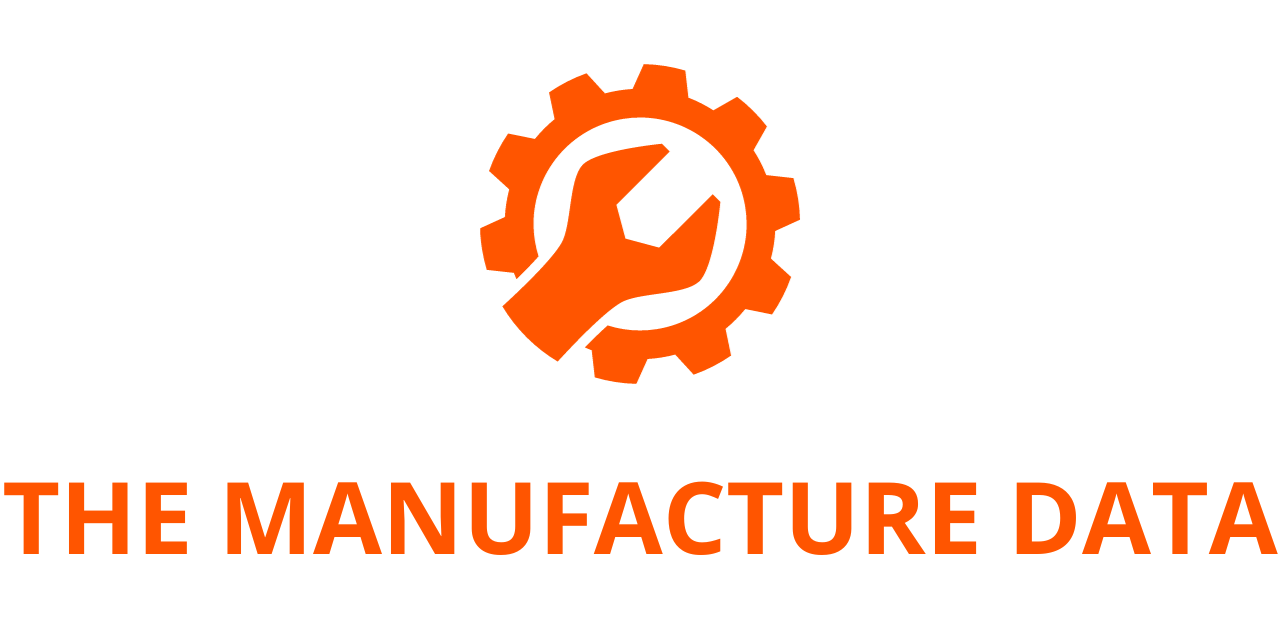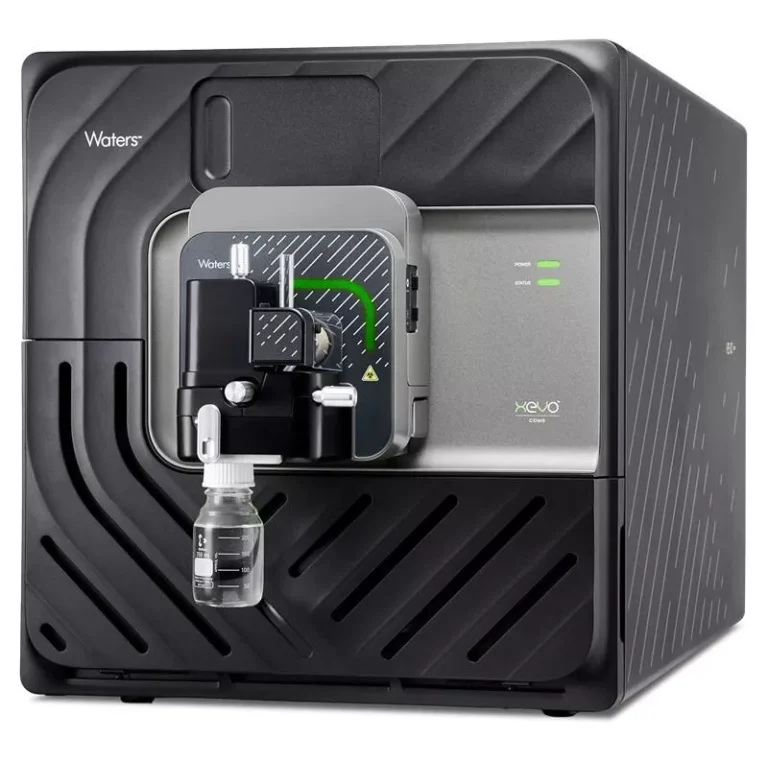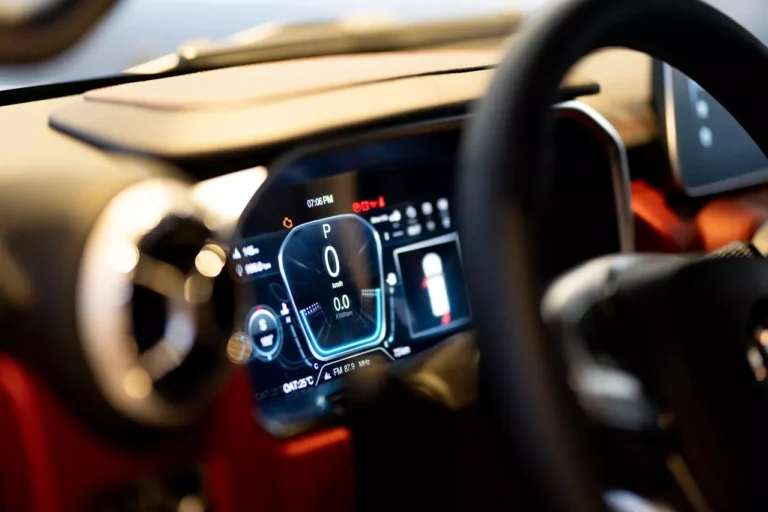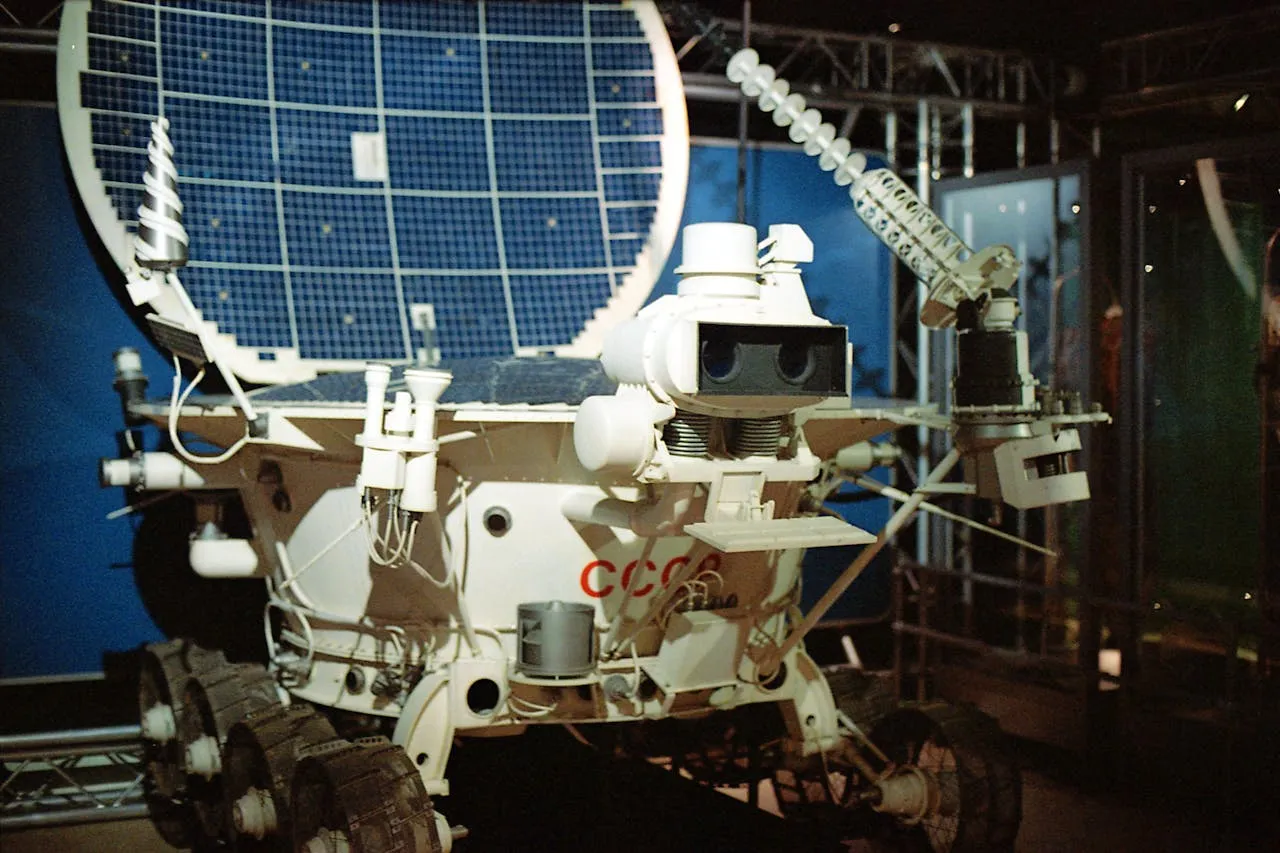
Astrolab’s FLIP Rover Joins Astrobotic’s Griffin-1 Mission: A Leap Forward for Lunar Exploration
In a groundbreaking collaboration, Venturi Astrolab (Astrolab) and Astrobotic have announced that Astrobotic’s Griffin lander will deliver Astrolab’s innovative rover to the Moon as part of Griffin Mission One (Griffin-1). The rover, currently referred to as FLIP (FLEX Lunar Innovation Platform), is set to be deployed in the Nobile Region of the lunar south pole. Originally intended to carry NASA’s VIPER payload under the Commercial Lunar Payload Services (CLPS) initiative, the mission has been restructured following the discontinuation of VIPER due to funding constraints and other challenges. Scheduled for late 2025, this mission represents a pivotal step in advancing lunar science, exploration, and commercial activity.
A Strategic Partnership for Lunar Progress
Astrobotic, a leader in lunar transportation, mobility, and power solutions, conducted an extensive selection process to identify the ideal partner for Griffin-1. Among numerous global contenders, Astrolab emerged as the perfect fit due to its shared vision of making lunar exploration accessible and transformative. “Astrobotic received worldwide interest from dozens of organizations eager to fly aboard Griffin-1,” said John Thornton, Astrobotic’s founder and CEO.
“We conducted a rigorous selection process to ensure alignment with our timeline and Griffin’s capabilities. Astrolab shares our commitment to advancing humanity’s future on the Moon and enabling groundbreaking U.S. technology demonstrations at the lunar South Pole.”
With the VIPER project discontinued, Astrobotic adapted by transforming the mission into a large lander demonstration flight. The Griffin lander will now carry a payload similar in mass to VIPER, showcasing its capability to deliver significant payloads to the Moon’s challenging terrain. This shift underscores Astrobotic’s resilience and adaptability in overcoming setbacks. By deploying Astrolab’s FLIP rover, the mission not only fulfills its original objectives but also paves the way for new technological advancements.
FLIP: A Pioneer in Lunar Mobility
FLIP serves as a scaled-down version of Astrolab’s larger FLEX rover, introduced in 2022. Designed to operate in the harsh conditions of the lunar surface, FLIP will test critical technologies and subsystems that will inform the development of the commercial FLEX vehicle. According to Jaret Matthews, founder and CEO of Astrolab, “Bringing FLIP to the Moon offers an opportunity to demonstrate and test many of the critical technologies that will advance the commercial FLEX vehicle, including full-sized batteries, tires, avionics systems, sensors, and software.”
The FLIP rover weighs nearly half a metric ton and boasts a payload capacity of 30 kg. Its design ensures compatibility with medium-class lunar landers entering the commercial space market, making it an attractive option for institutions, businesses, and scientific organizations seeking lunar access for smaller payloads. “FLIP offers customers many of the same payload space configurations as the larger FLEX rover we are using on our upcoming commercial mission, Mission One,” explained Matthews. “Our goal is to establish standards for lunar logistics, much like standardized shipping containers on Earth.”
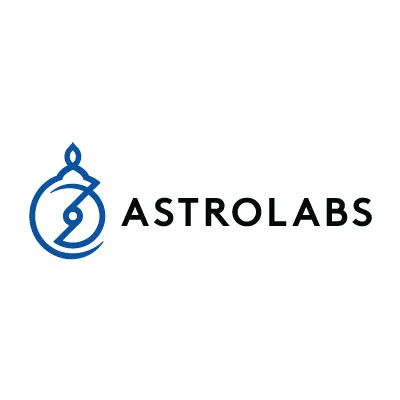
Advancing Lunar Science and Technology
One of the primary goals of the FLIP mission is to gather insights into mitigating the risks posed by lunar dust—a persistent challenge for vehicles, structures, and spacecraft systems operating on the Moon. To address this issue, Astrolab plans to carry several payloads designed to evaluate protective coatings on components such as solar arrays and radiators. These experiments will measure dust accumulation rates and assess the effectiveness of various materials in shielding against abrasive lunar regolith.
Additionally, FLIP will test innovative dust-sealing strategies on its wheel actuators, which are crucial for maintaining operational integrity in dusty environments. The rover’s hyper-deformable airless tires, developed in partnership with Venturi Space, will undergo performance evaluations in the extreme temperatures and rugged terrain of the lunar South Pole. Batteries designed by Venturi Space will also be tested, providing valuable data on energy storage solutions tailored for extraterrestrial applications.
These experiments aim to refine risk mitigation strategies for future missions, ensuring that Astrolab’s commercial endeavors remain robust and reliable. Lessons learned from FLIP’s deployment will directly contribute to the success of Astrolab’s upcoming commercial FLEX rover mission, slated for launch no earlier than December 2026 aboard SpaceX’s Starship system.
Resilience and Leadership in Space Exploration
The decision to repurpose Griffin-1 after the cancellation of VIPER highlights Astrobotic’s determination to push boundaries despite obstacles. As U.S. Senator John Fetterman of Pennsylvania noted, “Losing VIPER could’ve been a setback, but Astrobotic didn’t let up. They rolled up their sleeves, found a new way forward, and made sure this mission stays on track.”
Fetterman praised Astrobotic’s leadership, emphasizing that true progress comes from embracing challenges rather than shying away from them. “This is how we lead—not by playing it safe but by pushing forward with the technology that’ll shape the future of exploration,” he added. “I couldn’t be prouder that Pennsylvania’s Astrobotic is making sure America stays first in line to the lunar South Pole.”
Setting the Stage for Future Missions
Astrolab’s participation in Griffin-1 marks a significant milestone in the company’s journey toward establishing sustainable lunar logistics. By leveraging FLIP as a precursor to the larger FLEX rover, Astrolab is laying the groundwork for scalable, efficient, and versatile lunar operations. The mission aligns with broader efforts to unlock the Moon’s potential as a hub for scientific discovery, resource utilization, and economic growth.
As humanity prepares for a new era of lunar exploration, partnerships like the one between Astrolab and Astrobotic exemplify the spirit of innovation and collaboration required to succeed in this endeavor. With FLIP poised to touch down on the Moon’s surface in late 2025, the stage is set for transformative discoveries and technological breakthroughs that will shape the future of space exploration.
